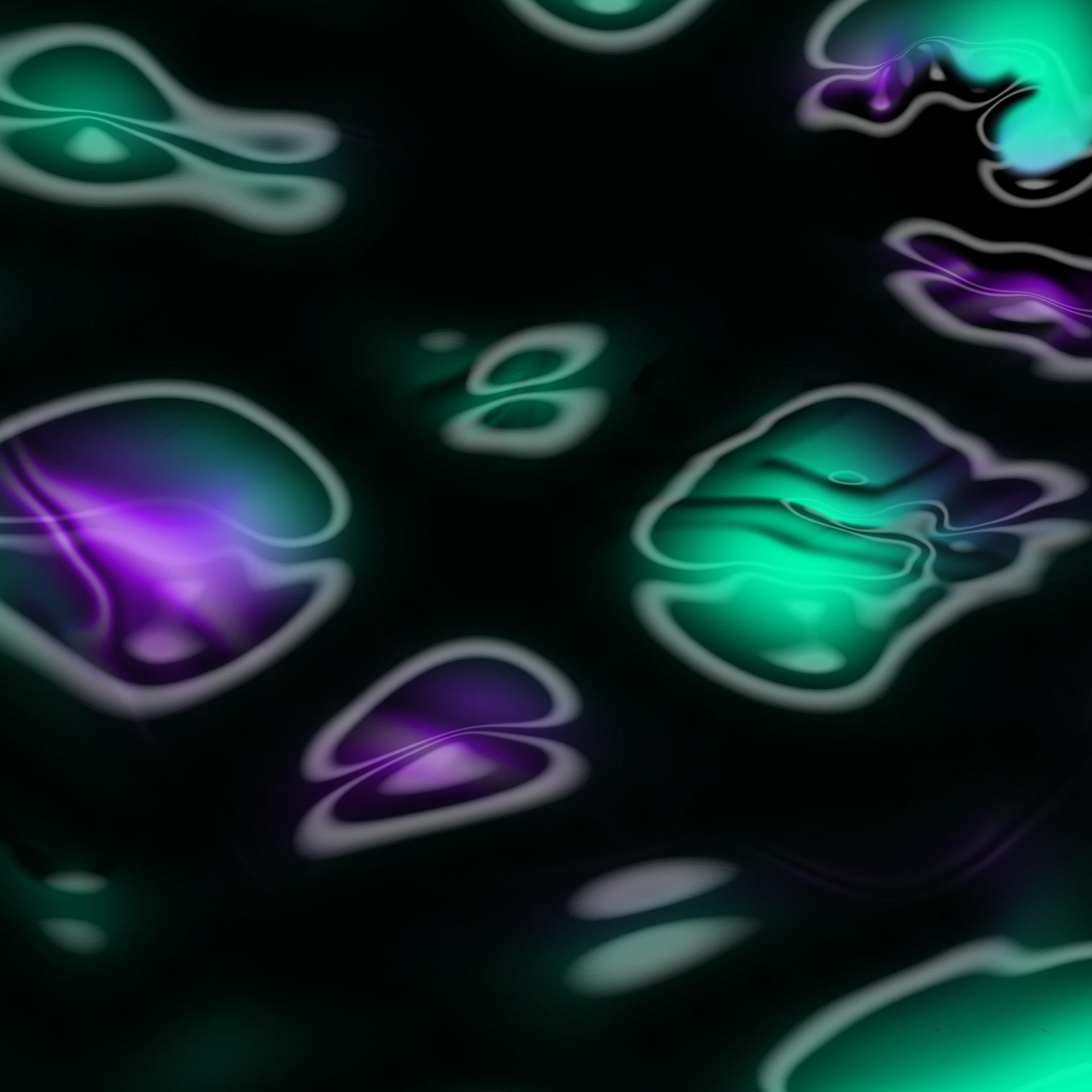

Continental Drift: The Top 25 Club Tracks of 2020
Gabe Meier meditates on the everlasting presence of Baltimore club, footwork, and litefeet culture in his end of the year reflection.
In the first Continental Drift column of 2020, we laid out a mission to address and contextualize “newly manifesting forms on their merits” and to match them with an “adaptable, energetic criticism.” Nine months later, the material foundation of the dance music industry has eroded, while its constituents are resigned to embodying their digital selves more than ever before. Still, that mission remains salient as is the necessity to move away from the commodification of music and towards a holistic understanding of the craft, which includes some of the ordinary, quotidian functions of creative life itself.
At a glance, the street dance rituals of Baltimore club, footwork, and litefeet are an odd fit with Raymond Williams’ 1958 essay “Culture is Ordinary,” but the Welsh theorist’s clarion call to understand culture as a “whole way of life” could not be more crucial to interpreting a feverish year for the dance music massive. In March, producer CalvoMusic crafted a cypher of early pandemic angst in track “Bitch We From Baltimore,” adding a Bmore classic to the canon in the process. The video tributes, and later music video, immediately gave the song, in the words of Williams, its “own shape, its own purposes, its own meanings.” In short, it retained a cultural presence beyond the phenomenon of attention deficiency and depression that Italian autonomist philosopher and media activist Franco “Bifo” Berardi referred to in his 2009 treatise on semiocapitalism The Soul at Work as the failure of “the individual brain’s limited capacities of elaboration” against an endless scroll of information or “the infinite vastness of the Infosphere.” Koppi Mizrahi’s track “Wash Your Hands Wash Your Mouth” played a similar role, immediately translating the pain, confusion, and excessive noise of early spring into an anthemic, satirical ballroom vernacular.
By loading the content from Soundcloud, you agree to Soundcloud’s privacy policy.
Learn more
Presence is also an element of what German Jewish cultural critic Walter Benjamin referred to as the “aura” of an art object in his seminal 1935 essay “The Work of Art in the Age of Mechanical Reproduction.” Aura, he claimed, depreciates as the artwork is wrenched from its ritual and historical context. Kodwo Eshun further developed Benjamin’s idea of aura about half a century later in his book on Afrofuturism More Brilliant Than The Sun: Adventures in Sonic Fiction for the age of the dubplate, arguing that the reproduction of a riddim on acetate discs destines it to be “reborn in the middle of the industrial reproduction” as a one-off remix or “third copy”—not exactly one-of-a-kind, but certainly not a mere reproduction. Yet the key to sustaining this aura is the specificity of the culture surrounding soundsystems and clashes. These are ritual operations that are present today in the sounds of artists like HANN, Shanique Marie and UNIIQU3, as well as in the appearance of a footwork dancer on the roof of a cop car during June’s uprisings in Chicago. Through engagement with the deep traditions and contemporary practices of sounds like litefeet, dancehall and Jersey club, these artists have produced sounds that transcend DJ livestreams and the collapse of industry infrastructure.
Due to stay-at-home orders and the homogenization of music consumption, it was easier than ever to engage with niche, geographically-dispersed sounds this year. Yet how much of that, unmoored from any conceivable way of life, will inevitably go down a black hole of memory? The sonic output of international clubbing brands could not hold less relevance to a dance music culture that ties the everyday life forms of artists, from DJ Manny’s transcendent performance of the Chicago canon (Teklife isn’t a misnomer) to BADSISTA’s kaleidoscopic funk carioca-rave sounds, together in brilliant symbiosis. These are discrete cultures that are heterogeneous, yet based in parallel ways of life. In essence, they retain their presence.
Aura is not inherently lost in digital reproduction, but it is lost when cultural forms are denuded of the ritual building blocks that contextualize them in history and within contemporary social life. The rave, especially in its most commercial configurations in cities like Berlin, London, and New York, has been proven to be ephemeral in 2020, but ballroom’s family structure, Chicago’s lineage of sound and movement, and the street-level dance culture of litefeet and flex dance music, evince a timeless resilience. This is not down to any proven sonic hierarchy, but to their basis in language, history, and dance traditions. In “Culture is Ordinary,” Williams understood that the challenge of the era was to forge a “good common culture.” As the industry itself desiccates and falls away, this simple message cannot be understated.
The Top 25 Club Tracks of 2020
- Amazondotcom & Siete Catorce – Shells
- BADSISTA – XERECARIA (ft. TAYA)
- CalvoMusic – Bitch We From Baltimore (feat. Charles)
- DJAaron – 6 MILLION WAYS
- Dj Deekie West – THE PERFECT BEAT
- DJ MACK – AS PIRANHA DE BH MR BIM
- DJ Manny – U Got Me Dancing
- DJ Sliink & DJ Jayhood – Jersey
- DJ SWISHA & Kush Jones – Torcida
- DJ Wawa- What It Means (DJ Delish’s West Philly Dub)
- Dominowe – The Prayer feat. Mr Alhab (Core Tribe)
- FITNESSS – DÆ1R (ft. DÆMON & SAJDAH)
- Fridge, Organ Tapes & Yayoyanoh – Stunna
- HANN – Zilla
- Jlin – Lotus
- Kamixlo – Sick
- Koppi Mizrahi – Wash Your Hands Wash Your Mouth
- Leonce x Neana – White Tee (Summer Walker)
- Loraine James – Mmm
- NÍDIA – CHEF
- Shanique Marie – Ring The Alarm
- slikback – WAXFIGURE
- TAYHANA – Amarte Azul
- UNIIQU3 – 7 DAY WEEKENDS
- Zebra Katz – LICK IT N SPLIT (ft. Shygirl)
Gabe Meier is based in Chicago and has been writing about the latest evolutions in dancefloor music since 2012. The Astral Plane is his primary outlet, spanning a blog, record label and radio show. Follow him on Twitter here.
Additional graphic design by Ekaterina Kachavina.
Published December 19, 2020. Words by Gabe Meier.

















Follow @electronicbeats